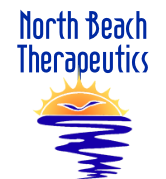What is osteopathy?
Holistic in nature and gentle in its approach, osteopathy is an effective manual therapy that helps restore function to the body, through gentle joint mobilisation, myofascial release to reduce tension, cranial sacral therapy and visceral moblisation.
Andrew Taylor Still, the world’s first osteopath, founded this therapy in 1874 in an effort to address his concerns regarding inadequacies in existing medical practices. His mission was to correct structural imbalances so that the body could work normally in order to relieve or prevent all that ailed his patients.
Today, Still’s legacy lives on as osteopathic manual practitioners use palpatory skills and manual treatments to assess and treat restrictions in movement throughout the major systems of the body. These include the musculoskeletal, neurovascular, endocrine, digestive, cardio-respiratory, urinary and fascial systems.
The purpose of osteopathy:
o To improve fluid movement including blood and lymph circulation for healthier cells and a healthier immune system
o To restore structural mobility and flexibility in order to decrease pain and improve function
o To assess and treat the body as a whole, taking into consideration the inter-relationships between the various systems
o To enable the body to access its own innate healing mechanism (homeostasis)
Learn more about the conditions osteopathic manual practitioners can treat, or visit the Ontario Association of Osteopathic Manual Practitioners to learn more about osteopathy.
